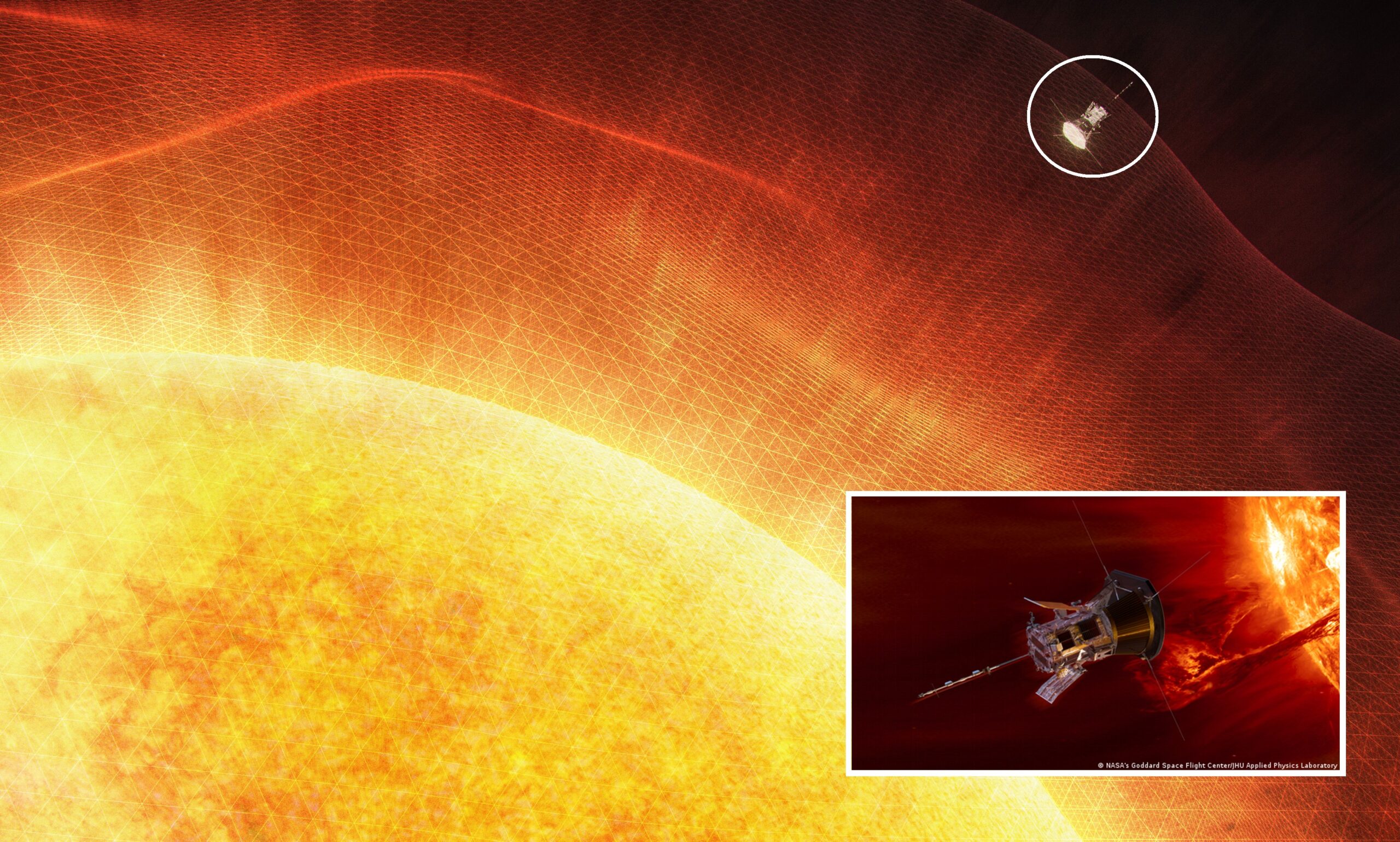To our knowledge, this is the first time in history that a spacecraft has touched the Sun. NASA’s Parker Solar Probe has completed its journey into the Sun’s upper atmosphere, known as the corona, and collected data on particles and magnetic fields.
The achievement of this new milestone is a significant step forward for the Parker Solar Probe and a significant stride forward for solar research. In the same way that landing on the Moon allowed scientists to gain a better understanding of how the Moon was formed, scientists will be able to touch the very material that makes up the Sun, which will aid them in uncovering critical information about our nearest star and its influence on the solar system.
“The “touching” of the Sun by the Parker Solar Probe is a watershed event in solar scientific history and a really extraordinary achievement,” said Thomas Zurbuchen, assistant administrator for the Science Mission Directorate at NASA Headquarters in Washington. “Not only does this significant achievement offer us with new insights into our Sun’s development and its effects on our solar system, but what we learn about our own star also teaches us more about stars across the rest of the universe,” says Dr. Peterson.
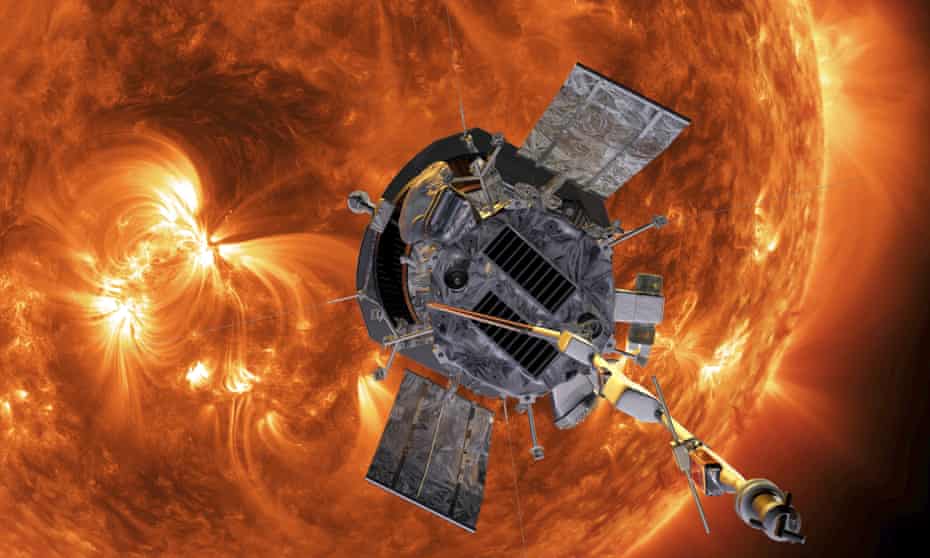
Parker is making new discoveries as it gets closer to the solar surface, discoveries that other spacecraft was unable to make because they were too far away. These discoveries are coming from within the solar wind, which is a stream of particles from the Sun that can have an impact on us here on Earth.
It was revealed in 2019 by Parker and colleagues that magnetic zig-zag formations in the solar wind, known as switchbacks, are abundant in the vicinity of the Sun. However, the exact method and location of their formation remained a mystery. Because of the halving in distance between the Sun and the Parker Solar Probe since then, the spacecraft has now gone near enough to the Sun to pinpoint one spot where they originate: the solar surface.
Because of this initial flight through the corona, as well as the prospect of many flybys to come, scientists will be able to collect data on phenomena that are otherwise hard to study from a distance.
Laurel, Maryland-based Nour Raouafi, the Parker Solar Probe’s project scientist, said, “Flying close to the Sun, Parker Solar Probe now senses conditions in the magnetically dominated layer of the solar atmosphere – the corona – that we have never before been able to detect.” The Parker Solar Probe is operated by the Johns Hopkins Applied Physics Laboratory.
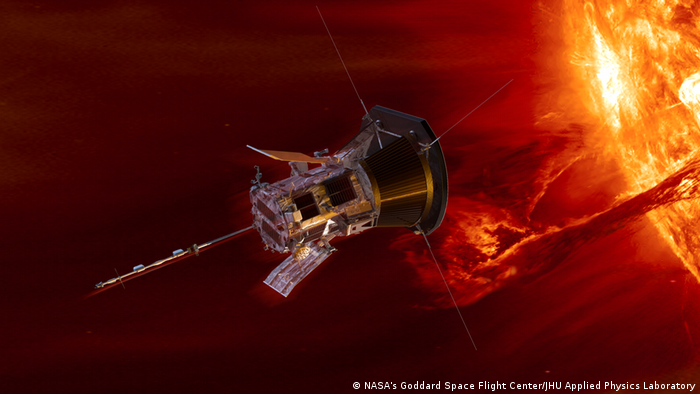
It is possible to detect the presence of solar wind in magnetic field data and optical photographs taken in the corona, according to the researchers.” Throughout a complete solar eclipse, we may really watch the spacecraft traveling over coronal formations that can be detected during the eclipse.”
Closer Than Ever Before
A spacecraft called the Parker Solar Probe was launched in 2018 to investigate the secrets of the Sun by journeying closer to it than any previous mission. Parker has finally come, three years after its introduction and more than two decades after its inception.
The Sun, in contrast to the Earth, does not have a solid surface. A superheated atmosphere, composed of solar material that is held to the Sun by gravity and magnetic forces, does exist on it, though. As growing heat and pressure drive that material away from the Sun, it eventually reaches a point where gravity and magnetic fields are no longer strong enough to hold it in place anymore.
The Alfvén critical surface is the point at which the solar atmosphere ends and the solar wind begins. It is also known as the termination point of the solar atmosphere. After surviving the crossing of that limit, solar material with sufficient energy forms the solar wind, which pulls along its own magnetic field as it travels throughout the solar system and beyond.
Importantly, beyond the Alfvén critical surface, the solar wind flows at such a rapid rate that waves inside the wind are never able to reach back to the Sun in time, thereby cutting off their link with the Sun.
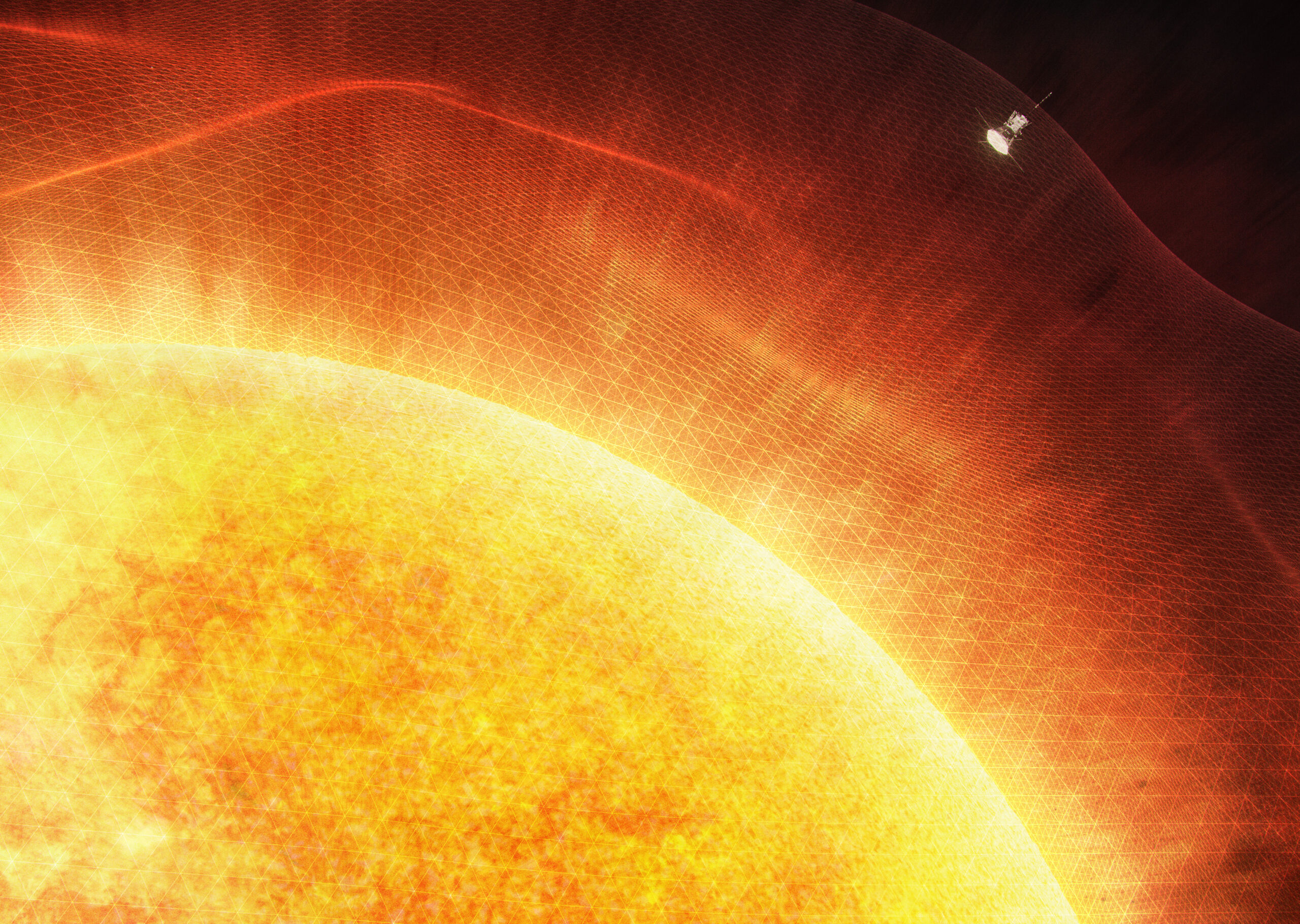
Until recently, scientists were unaware of the precise location of the Alfvén critical surface. According to estimations based on distant photographs of the corona, it was between 10 and 20 solar radii from the surface of the Sun – 4.3 to 8.6 million miles – away. Parker’s spiral trajectory is gradually bringing it closer to the Sun, and during the spacecraft’s most recent passes, it was consistently less than 20 solar radii away from the Sun (which is 91 percent of the distance between Earth and the Sun), putting it in a position to cross the boundary – if the estimates were correct.
When the Parker Solar Probe flew by the Sun for the eighth time on April 28, 2021, it encountered specific magnetic and particle conditions at 18.8 solar radii (approximately 8.1 million miles) above the solar surface, signaling to scientists that the spacecraft had crossed the Alfvén critical surface for the first time and had finally entered the solar atmosphere.
BWX Technologies, Inc.’s deputy chief technology officer and University of Michigan professor Justin Kasper was the lead author on a new paper about the milestone that was published in Physical Review Letters. “We were fully expecting that we would encounter the corona for at least a short duration of time,” said Kasper, who is also the deputy chief technology officer at BWX Technologies and a professor at the University of Michigan. “However, the fact that we have actually arrived is quite thrilling.”
Into the Eye of the Storm
As part of the flyby, the Parker Solar Probe flew through the corona numerous times, entering and exiting the atmosphere. It has been shown that the Alfvén critical surface is not formed like a smooth ball, contrary to what some had assumed. Instead, it features spikes and troughs that cause the surface to wrinkle. It is possible to learn more about how events on the Sun impact the atmosphere and solar wind by studying the locations where these protrusions coincide with solar activity emanating from the surface.
At one point, when the Parker Solar Probe descended to just below 15 solar radii (about 6.5 million miles) from the Sun’s surface, it passed through a structure in the corona known as a pseudostreamer, according to NASA. At the time of solar eclipses, pseudostreamers are huge formations that seem to rise above the Sun’s surface and may be seen from Earth.
It seemed like I was flying into the eye of a hurricane as I passed through the pseudostreamer. Inside the pseudostreamer, the circumstances became calmer, particles slowed, and the number of switchbacks decreased — a stark contrast to the flurry of particles that the spacecraft is used to encountering in the solar wind on a daily basis.
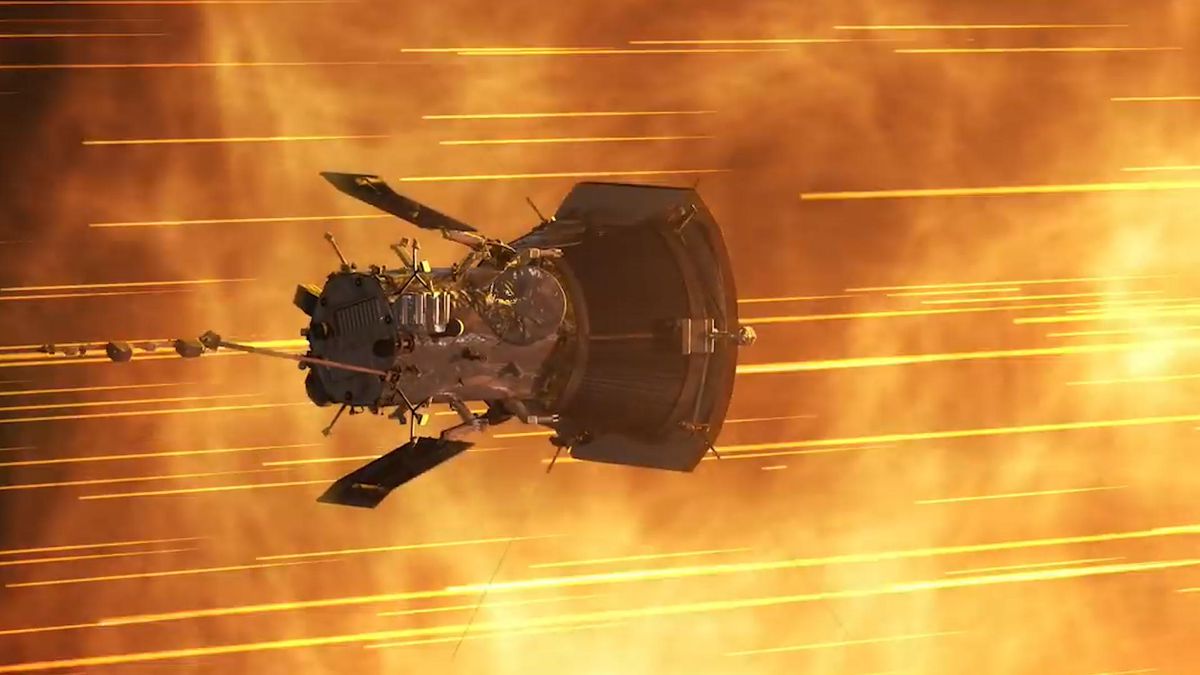
In this location, the spacecraft discovered that the magnetic fields were strong enough to override the flow of particles, which was the first time this had happened. All of these characteristics were conclusive evidence that the spacecraft had gone through the Alfvén critical surface and entered the solar atmosphere, where magnetic fields influence the movement of everything in the vicinity.
The mission’s initial journey through the corona, which lasted just a few hours, is the first of several that will take place during the mission. During the next several years, Parker will continue to spiral closer to the Sun, ultimately getting as near as 8.86 solar radii (3.83 million miles) from its surface. Upcoming flybys, the most recent of which will take place in January 2022, will very certainly send the Parker Solar Probe back through the corona.
“I am looking forward to seeing what Parker discovers when it goes through the corona on a number of occasions in the years to come,” said Nicola Fox, division director for the Heliophysics Division at NASA Headquarters. “The potential for fresh discoveries is almost limitless.”
Solar activity is also a factor in determining the extent of the corona. Because of the Sun’s 11-year activity cycle – known as the solar cycle – increasing in intensity, the outer edge of the corona will expand, increasing the likelihood that the Parker Solar Probe will be trapped within the corona for extended periods of time.
According to Kasper, “that is a highly critical sector to go into because we believe that all kinds of physics may possibly flip on.” The researchers said they are “coming closer to that zone” and expect to find some of the physics and behaviors they are looking for.
Narrowing Down Switchback Origins
Even before the first excursions into the corona were made, some unexpected physics was beginning to show itself. Recently, the Parker Solar Probe obtained data that helped scientists locate the origin of zig-zag-shaped formations in the solar wind, known as switchbacks, on previous solar encounters. Data revealed that the photosphere, the visible surface of the Sun, is one location where switchbacks may be traced back to their origin.
Solar wind is an unceasing headwind of particles and magnetic fields when it reaches Earth, which is 93 million miles distant at the time of writing. However, as it moves away from the Sun, the solar wind becomes organized and uneven.
NASA-European Space Agency mission Ulysses, which flew over the Sun’s poles in the mid-to-late 1990s, uncovered a handful of odd S-shaped bends in the solar wind’s magnetic field lines, which detoured charged particles on a zig-zag course as they attempted to exit the Sun. For decades, astronomers assumed that these sporadic switchbacks were a result of the Sun’s polar regions experiencing a natural phenomenon.
Parker observed in 2019 that switchbacks in the solar wind were not uncommon, but rather prevalent at a distance of 34 solar radii from the Sun. This rekindled interest in the characteristics and prompted new inquiries, such as: What was the source of their arrival? Is it possible that they were forged on the Sun’s surface, or that they were fashioned by a process that twisted magnetic fields in the solar atmosphere?
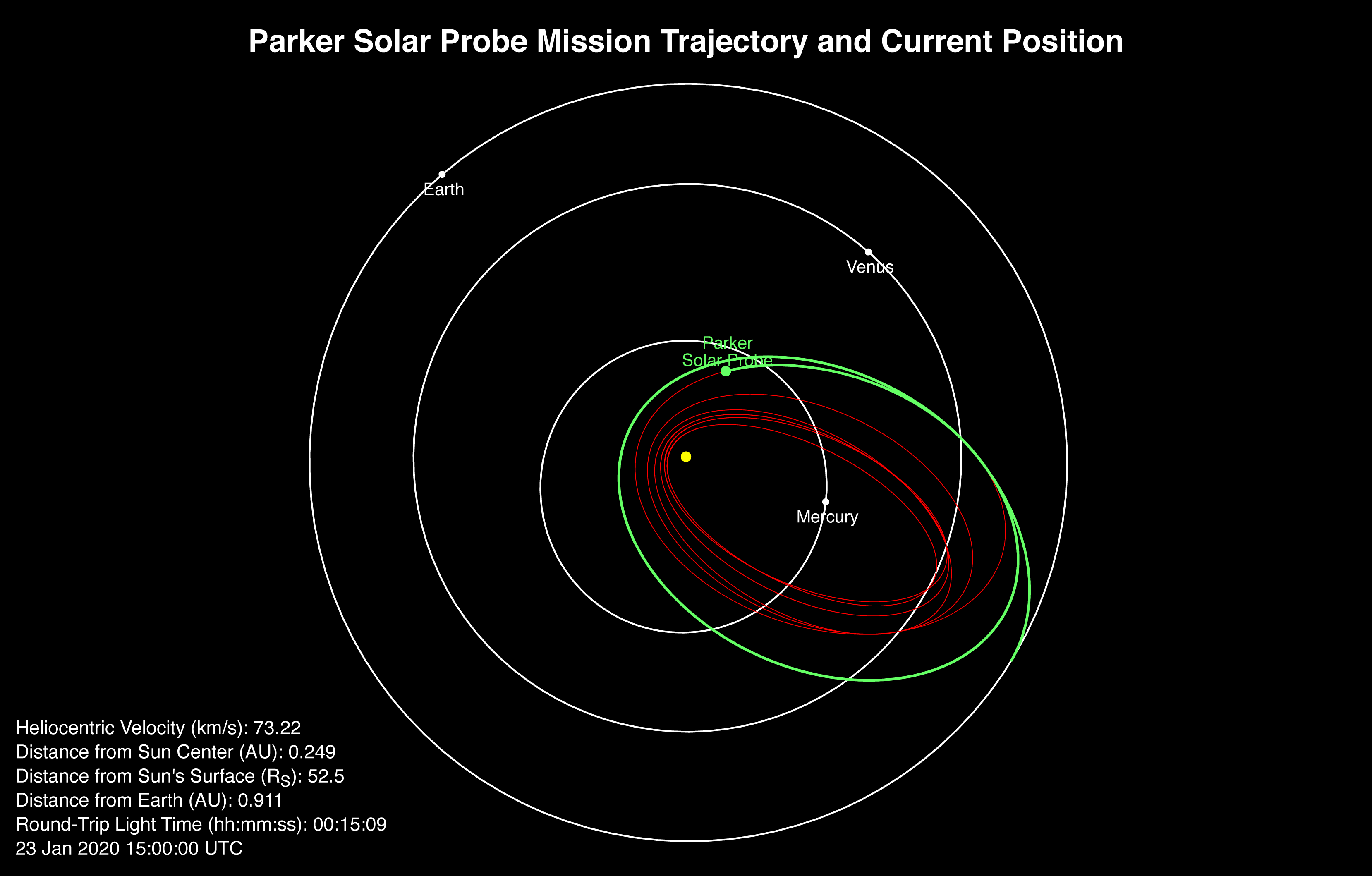
The latest discoveries, which are now being published in The Astrophysical Journal, conclusively indicate that one of the origin points is located near the solar surface.
The hints came when Parker orbited closer to the Sun on its sixth flyby, which occurred at a distance of fewer than 25 solar radii from the star. The data revealed that switchbacks appear in patches and have a larger concentration of helium than other elements, which is thought to be derived from the photosphere.
The sources of the switchbacks were reduced even more when the scientists discovered patches associated with magnetic funnels that arise from the photosphere between convection cell formations known as supergranules, which were previously unknown.
In addition to being the origin of switchbacks, scientists believe that the magnetic funnels may also be the source of a component of the solar wind, according to their theories.
It is possible that some particles in the rapid solar wind originate from the funnels, which might explain why some particles in the slow solar wind originate from the funnels.
Professor Stuart Bale of the University of California, Berkeley, and the primary author of the new switchbacks research said that the structure of the areas with switchbacks corresponds to a tiny magnetic funnel structure at the base of the corona, which was discovered by chance. According to certain hypotheses, this is what we might anticipate, and it also hints to a source for the solar wind itself.
Researchers hope that by determining where and how the components of the fast solar wind emerge, as well as whether or not they are linked to switchbacks, they will be able to solve a long-standing mystery about how the corona is heated to millions of degrees Fahrenheit, far hotter than the solar surface below.
While the new discoveries pinpoint the locations of switchbacks, scientists are unable to determine how they are generated at this time. One idea proposes that they are caused by waves of plasma that roll across the area like ocean waves, creating the effect. According to another theory, they are formed by an explosive process known as magnetic reconnection, which is supposed to take place at the boundary where the magnetic funnels collide.
“I have a feeling that as we get farther into the mission and lower and closer to the Sun, we will discover more about how magnetic funnels are tied to the switchbacks,” Bale said. “And, ideally, provide an answer to the issue of what procedure produces them.”
Parker’s closer flyby may yield even more hints about switchbacks and other solar phenomena now that experts know what to look for on the surface of the Sun. It is anticipated that the data collected would provide scientists with an insight into an area that is important for superheating the corona and propelling the solar wind to supersonic speeds. Extensive studies of the corona will be necessary for better understanding and forecasting of severe space weather events, which may interrupt telecommunications and harm satellites orbiting the Earth.
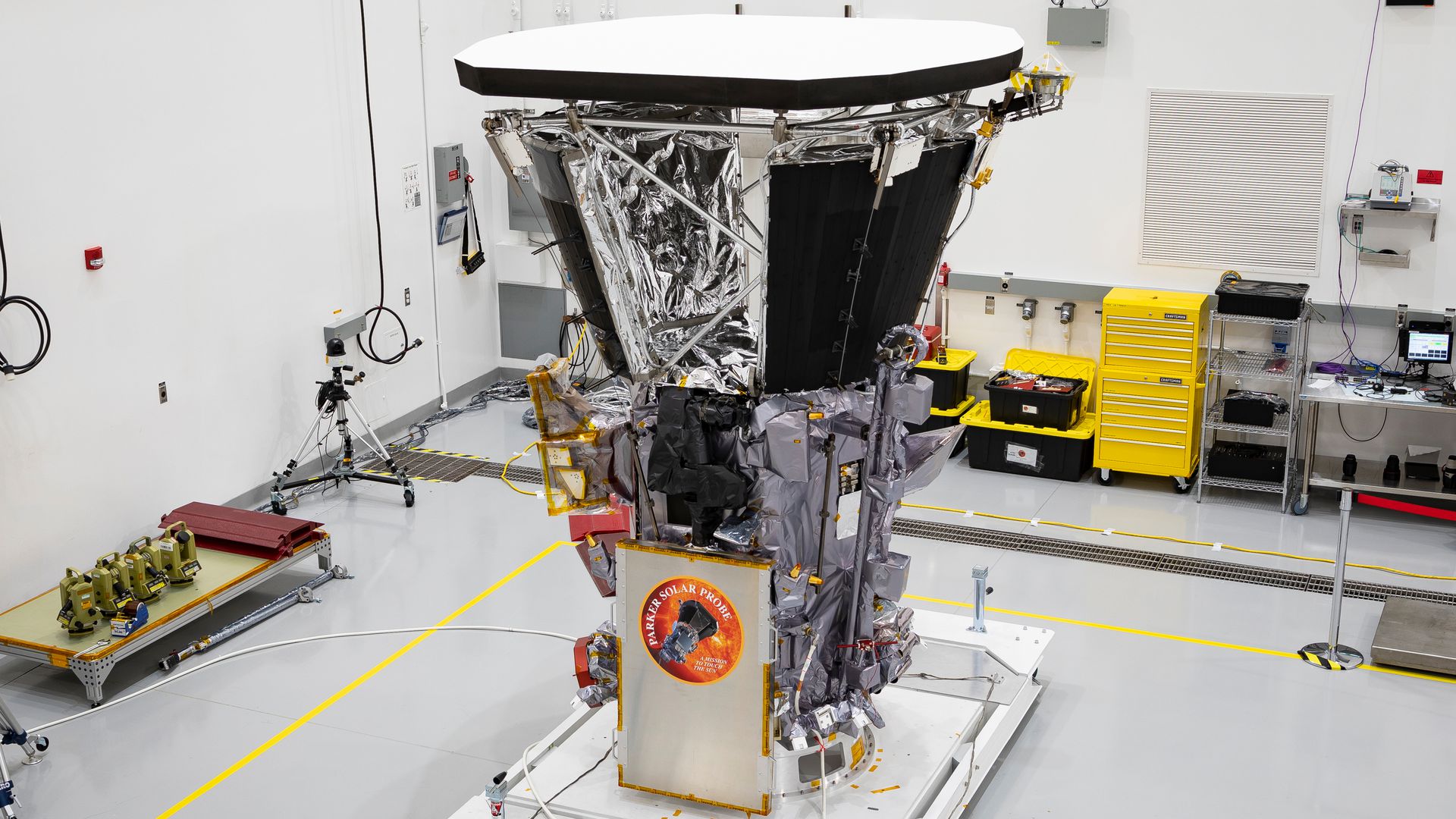
According to Joseph Smith, Parker program executive at NASA Headquarters, “It is tremendously wonderful to see our sophisticated technologies succeed in sending Parker Solar Probe closer to the Sun than we have ever gone before, and to be able to return such excellent research.” In the next years, we are looking forward to seeing what else the mission learns as it gets increasingly closer to Earth.
The Parker Solar Probe is a component of NASA’s Living with a Star program, which seeks to understand features of the Sun-Earth system that have direct implications for human existence and culture. The NASA Goddard Space Flight Center in Greenbelt, Maryland, manages the Living with a Star initiative on behalf of the agency’s Science Mission Directorate in Washington. The Parker Solar Probe project is managed by the Johns Hopkins University Applied Physics Laboratory in Laurel, Maryland, for NASA, and the spacecraft was planned, manufactured, and is now in operation.

